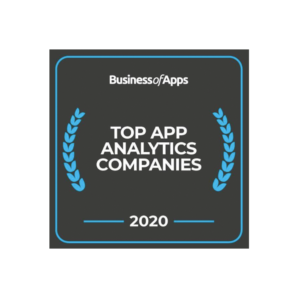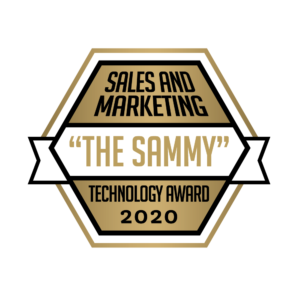Beacon Marketing
Interested in Leanplum?
What is beacon marketing?
Beacon marketing involves the use of beacons to engage with customers. A beacon is a small, physical object that receives location data from nearby devices via Bluetooth. Because it’s Bluetooth-based, beacons can be deployed in areas with poor cell reception, such as the interior of a store.
Beacon data tells the app precisely where in the store customers are walking, which helps optimize the in-store experience. For instance, marketers using beacon marketing can send customers timely, relevant messages about nearby products.
How does beacon marketing work?
Unlike a desktop computer which marketers can only track by IP address, or geolocation marketing which targets mobile devices based on GPS, beacon marketing works by using a Bluetooth connection. Once the beacons are set up, it is possible to pick up the Bluetooth signal from users’ phones once they are in range, and send out a message that is uniquely personalized to customers.
Beacon marketing does not require users to have a mobile internet connection such as 4G, so it can be deployed in areas with low cell reception. Moreover, it is not overly demanding on battery life.
What are the advantages of beacon marketing?
Beacon marketing can be used to push promotions, encourage engagement, or simply inform your customers. It is particularly useful for app developers who have brick and mortar stores or for targeting people attending industry events. Beacon marketing works off of location meaning it is possible to gather detailed location data and understand exactly how shoppers navigate brick-and-mortar stores. Insights from this can then be leveraged to improve the customer experience.
Since promotions or suggestions can be communicated to customers based upon their real-location, beacon marketing is a prime opportunity personalize customer messaging. This could be as simple as sending a push notification with a user’s first name; for example, “Hey Tim, letting you know that sports equipment is 25% off today.” Or it could be more in depth, recommending complementary products, such as telling shoppers browsing winter coats which aisle gloves are located. Beacon marketing can thus also result in higher engagement rates due to the highly-relevant and personalized messages that can be created.
What are the biggest challenges of Beacon Marketing?
The challenges of beacon marketing mostly revolve around the practical application of the beacon technology. Any beacon technology will have to be regularly maintained, which can be a major undertaking. As well as relying on users having your app installed, beacon marketing also requires users to have their Bluetooth connection turned on, which is not always a consideration in modern times where Wi-Fi access is commonplace. What’s more, beacons are difficult to use outside of your own property, because they must be physically placed as well.
It is therefore advised that marketers first trial a small amount of beacons in a few stores before rolling it out across multiple locations, so that they can test the return-on-investment (ROI) and make campaign decisions based upon this data.
What does beacon marketing mean for marketers?
Beacon can help marketers to recommend relevant content to customers and personalize offers to encourage higher conversion rates.
For a better understanding of how geotargeting works, listen to Leanplum’s Geolocation Marketing: Taking It to the Streets webinar.






